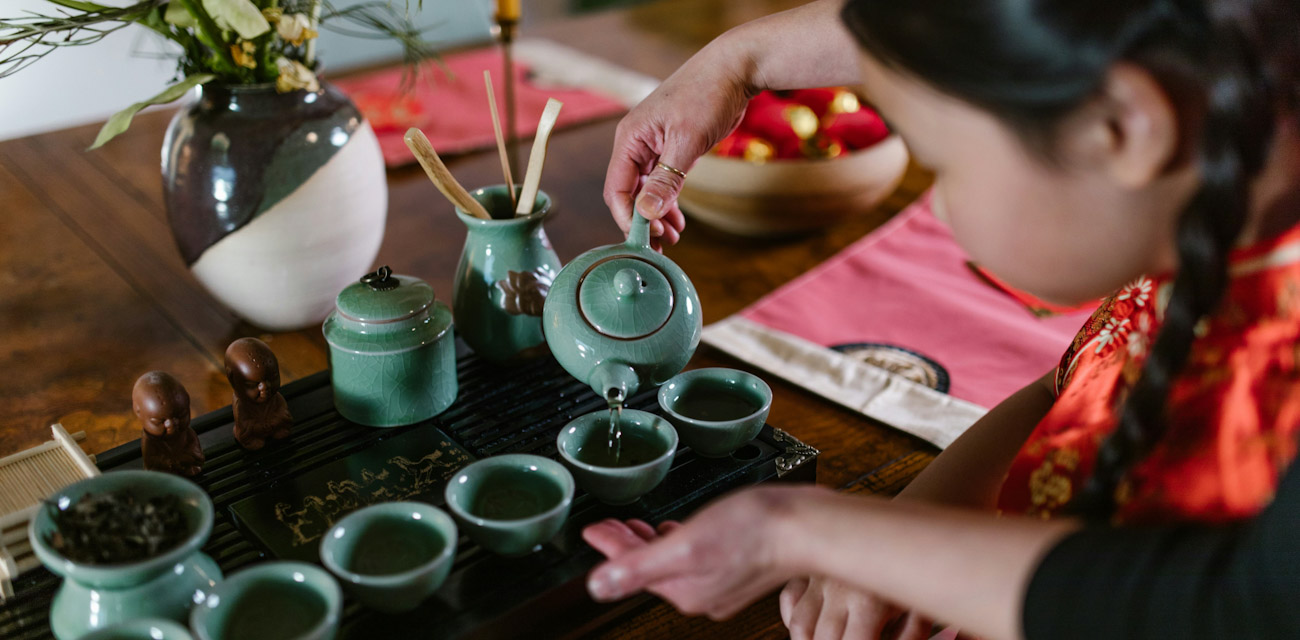
Home corners have traditionally been restrictive, promoting and limiting children's play to gender and cultural stereotypes. However, the home corner can also be one of the best places to challenge these stereotypes! It is also one of the best places for child-led, open-ended play.
Early childhood educators can step away from tradition and rethink how they set up their home corner environment. Fundamentally, home corners are places for children to engage in role play, mimicking the scenes they see at home in daily life, and educators can explore new ways to provide for this interest.
Children with this interest may also like learning about homes and houses.
EYLF Learning Outcomes
Playing in the home corner connects with the Early Years Learning Framework as it helps children explore their own identity and those of other people (1). They learn about family groups and social responsibility (2.4).
Role play helps children become strong in their social, emotional and mental wellbeing (3.1) and often involves verbal interaction between friends (5.1).
Learning experiences
Extend on other interests
Children are interested in a wide range of topics and many of these can be explored in the home corner. The learning environment can transform into almost anything:
- Pets: a veterinary surgery.
- Cooking: a cafe, restaurant, home kitchen, or high-tea venue.
- Babies: a nursery, paediatric hospital, maternity ward, or child care centre.
- Doctors: A medical clinic or dentist surgery.
- Work and careers: An office building or uniform shop.
- Shopping: A grocery store, clothing shop, or post office.
- Beauty: A hairdresser, barber, or beautician.
Add new items
Get creative with the items you add, and try to link them to other areas of your curriculum:
- Mechanical equipment (e.g. manual egg beaters) teaches children about engineering.
- Soft furnishings, like pillows and rugs that feature interesting fabrics, promote sensory development.
- Cooking equipment and tea sets promote stacking and nesting skills.
- Cupboards, draws and containers promote sorting and organising.
- Spray bottles of water, cloths and dustpans teach children about cleaning.
- Baby dolls, nappies, wipes and potties are excellent for children who are toilet training. Remember that dramatic play is a natural way for children to explore social and emotional concepts.
Play with literacy and numeracy
When early childhood educators sit alongside playing children, they can observe and respond to teachable moments. One of the greatest misconceptions about teaching literacy and numeracy is that the learning needs to be structured. Children will become more engaged and inquisitive about numbers and letters when they can explore them through play.
Educators can offer suggestions, comments and questions that directly relate to what the child is doing, to invite that child to use literacy or numeracy:
- “Can you pass Tasha the square plate?”
- “How many coins do you have in your purse? Should we count them? You gave one to Louis, how many do you have now?”
- “People keep stealing your cookies. You must be angry! I’ll get some paper to make a sign that says ‘do not touch’.”
Children can incorporate writing and literacy into their play by:
- writing shopping lists
- pretending to read recipes
- labelling foods with price tags for a shop
- and creating menus and signs.
Children can practice numeracy skills by:
- counting real and pretend money
- measuring ingredients
- sorting, categorising and sharing objects
- and setting a table with the correct number of utensils.
Play with technology
Children can incorporate technology into their home play by:
- making pretend home security cameras from recycled food packaging
- playing shops with old cash registers, calculators, and EFTPOS machines (ask for donations)
- exploring digital recipe books on a tablet
- playing music through a small speaker
- or taking photos of baby dolls with real cameras and displaying them on digital photo frames.
Learning environments
Extend your home corner
Home corner play can become incredibly popular in the toddler years. Early childhood educators working with this age group may notice their home corner becomes busy and crowded.
The best way to solve this problem while responding to the children’s interest is to extend the home corner. This may involve converting other, less used, areas of your room into part of the home corner. Even if half of your entire play area is a home corner, this is okay. You can always move things back when the interest diminishes.
Take it outside
Educators can also rethink outdoor play, and create similar spaces involving a sandpit, mudpatch, cubby house, tree house, or picnic spot. Can you integrate a garden, so children can harvest and serve their own food?
Family and community connections
Discover new cultures
Children who are already interested in a culture can explore it in depth within the home corner. Culture often involves different ways of living in daily life, so home corner play is perfect for this.
More importantly, cultural role play is an excellent way to connect with families and the community. Invite families to donate old items that come from their own homes. You may speak with specific families about sharing their culture, or you may ask all families to donate. Either way, express the importance of items that are significant to their values and way of life.
Examples include:
- clothing, textiles and fabrics
- international currency
- eating utensils
- home decor and framed photos
- dolls and figurines representing diverse cultures
- cookbooks with international recipes
- and multilingual labels and signs.
Interactions
Educators can interact with children in the home corner, to support their social and emotional development. Support them in:
- negotiating roles and responsibilities
- sharing resources and space
- working together to solve problems
- and communicating in play.
